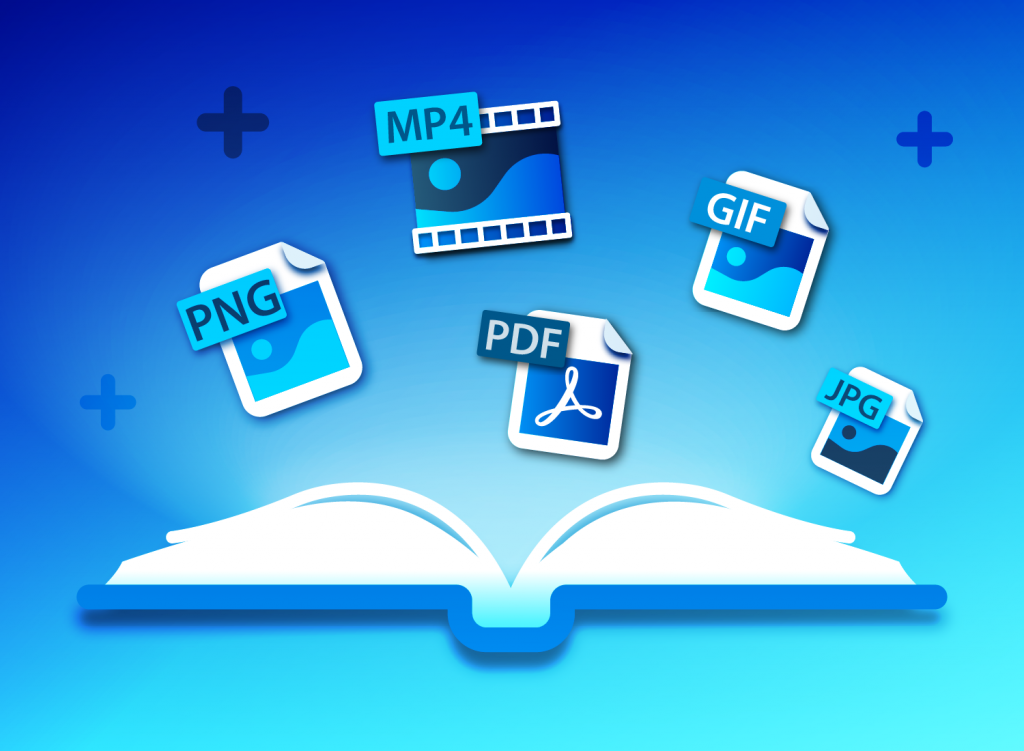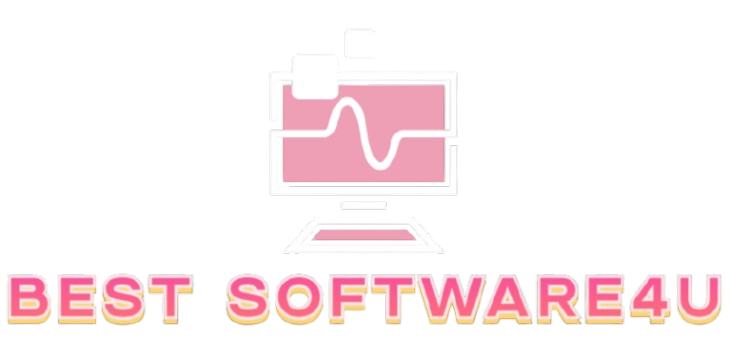Which Format is Compatible with Your Machine? A Guide to Embroidery File Types

Embroidery machines have revolutionised the way we create designs on fabric. However, understanding which file types are compatible with your machine is essential for smooth operation. The proper embroidery file format ensures your designs come to life without glitches or distortions. This article will explore the most common embroidery file types, their uses, and how to choose the best one for your machine.
Understanding Embroidery File Types
Embroidery file types are digital formats that tell your machine how to stitch a design. They store information about stitch patterns, colours, and dimensions. Each embroidery machine brand uses specific formats; not all formats are interchangeable.
Before using any design, you must ensure it’s compatible with your embroidery machine. Let’s dive into the standard formats and their features.
Popular Embroidery File Formats
1. PES Format (Brother and Babylock Machines)
PES is one of the most widely used formats in embroidery. It is compatible with Brother and Babylock machines. This format includes stitch data, colour information, and machine instructions.
- Who uses it? Brother and Babylock users.
- Why choose PES? It’s reliable and supports high-quality designs.
- How to get it? Many online embroidery design platforms offer PES files.
2. DST Format (Tajima Machines)
DST is a standard format used by commercial embroidery machines like Tajima. It’s widely accepted across various platforms.
- What makes it unique? DST files are compact and contain only stitch commands.
- Limitation: They don’t store colour information, so you must set colours manually.
- Best for: Commercial embroidery setups.
3. JEF Format (Janome Machines)
JEF files are designed for Janome machines, making them popular for home embroidery enthusiasts.
- Advantages: They include stitch data and colour information.
- User-friendly: JEF files are easy to edit, allowing users to customise designs.
4. EXP Format (Bernina Machines)
EXP is commonly used in Bernina machines. This format is ideal for professional designs that demand precision.
- Why use EXP? It supports intricate patterns and large designs.
- Who benefits? Advanced users who want detailed embroidery work.
5. VP3 Format (Husqvarna and Pfaff Machines)
VP3 is the preferred format for Husqvarna Viking and Pfaff embroidery machines.
- Key feature: VP3 files allow for complex designs with multiple colour layers.
- Great for: Creative projects requiring detailed stitching.
6. ART Format (Bernina Exclusive)

ART files are exclusive to Bernina machines. These files are ideal for users within the Bernina ecosystem.
- Why choose ART? It’s tailored for Bernina software and machines, ensuring flawless performance.
- Drawback: Limited compatibility with non-Bernina devices.
How to Identify the Right File Format for Your Machine
1. Check Your Machine Manual
Your machine’s user manual is the best place to start. It lists the compatible file formats and provides instructions on how to load them.
2. Use Conversion Software
You can use embroidery file conversion software if your design is in a different format. Popular options include Wilcom, Embrilliance, and SewArt.
- Tip: Always double-check the converted file to avoid errors during stitching.
3. Download from Trusted Sources
Many websites offer embroidery designs in multiple formats. Ensure you download files from reliable platforms to avoid corrupted or incompatible designs.
Common Challenges with Embroidery File Types
1. File Compatibility Issues
Not all machines can read all file formats. Using an incompatible file can result in errors or incomplete designs.
- Solution: Convert the file to a compatible format using conversion tools.
2. Missing Color Information
Some formats, like DST, don’t store colour data. This can lead to confusion during stitching.
- Solution: Refer to the colour chart provided with the design or manually assign colours.
3. File Corruption
Improper downloads or transfers can corrupt embroidery files.
- Solution: Always use secure storage devices and test files before starting a project.
Tips for Managing Embroidery Files
1. Organize Your Files
Keep your embroidery files sorted by format or project. This makes it easier to find the correct file when you need it.
2. Back Up Your Designs
Save copies of your designs on cloud storage or external drives. This prevents data loss in case of device failure.
3. Test Before You Stitch
Always run a test stitch on a scrap fabric to ensure the design works correctly with your machine.
Conclusion
Choosing the right embroidery file type is crucial for creating flawless designs. Whether you’re using a Brother, Janome, or Bernina machine, understanding the formats compatible with your device will save you time and effort. Refer to your machine’s manual, use trusted design sources, and back up your files to ensure a smooth embroidery experience.
Embroidery is an art; your machine can bring your creative visions to life with the correct file types. Take the time to learn about your machine’s needs and invest in quality designs for the best results.






